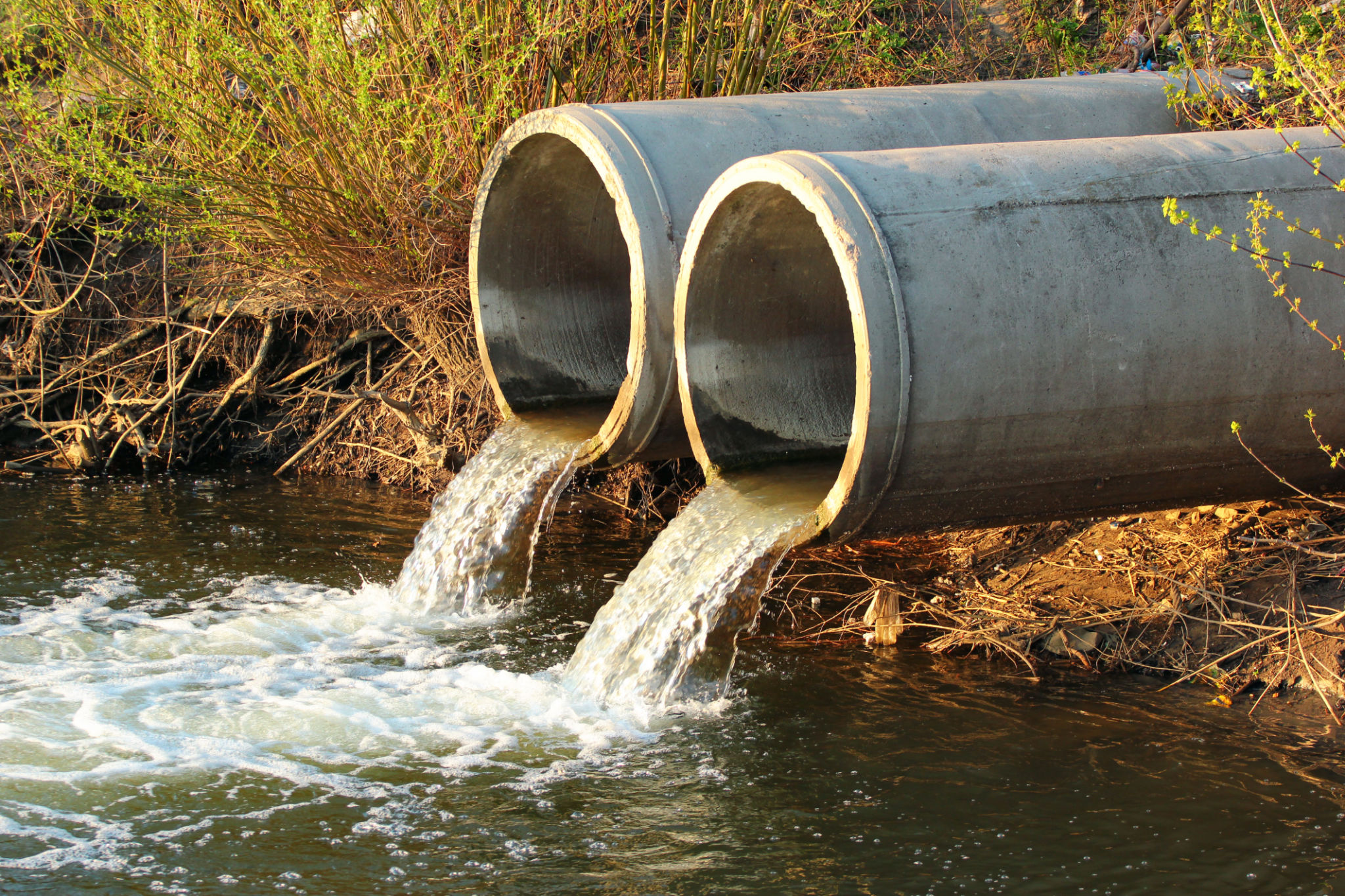DIY Drainage Solutions for Bigfork Residents: A Step-by-Step Guide
Why Proper Drainage Matters
Living in the picturesque town of Bigfork, residents are no strangers to the abundant rainfall and melting snow that characterize the area. While these natural elements contribute to the lush landscapes, they can also wreak havoc on your property without proper drainage solutions. Ineffective drainage can lead to water pooling, soil erosion, and even foundation damage. Understanding how to manage water flow is crucial for maintaining the integrity and beauty of your home.

Assessing Your Drainage Needs
Before embarking on any DIY drainage projects, it's essential to assess your property’s unique needs. Start by observing where water tends to accumulate during heavy rains. Look for signs of erosion, soggy patches, or water stains on your foundation. Understanding these issues will help you determine the most effective solutions for your situation.
Identify Trouble Spots
Walk around your property after a rainstorm to identify low spots where water collects. Note any areas where the ground remains wet long after the rain has stopped. These are prime locations for implementing drainage solutions.

Simple DIY Solutions
Once you've identified the problem areas, consider some straightforward DIY solutions that you can implement without professional help. These projects are not only cost-effective but also relatively easy to manage with a bit of time and effort.
Install a French Drain
A French drain is an excellent option for redirecting water away from trouble spots. To build one, dig a trench in the affected area, line it with landscape fabric, and fill it with gravel. Place a perforated pipe within the trench to guide water to a designated runoff area.
- Dig a trench that slopes away from the house.
- Line the trench with landscape fabric and add a layer of gravel.
- Lay a perforated pipe in the trench.
- Cover the pipe with gravel and fold the fabric over the top.
- Fill in the trench with soil and plant grass or ground cover.

Create a Rain Garden
For a more aesthetically pleasing solution, consider creating a rain garden. This involves selecting an area where water naturally pools and planting water-loving plants that can absorb excess water. Rain gardens not only help with drainage but also enhance your property's curb appeal.
- Choose native plants that thrive in wet conditions.
- Design your garden to direct water flow into it.
- Incorporate mulch to retain moisture and reduce erosion.
Maintaining Your Drainage System
Once you've implemented these DIY solutions, regular maintenance is key to ensuring their effectiveness. Periodically check your French drain for clogs and clean out debris as needed. For rain gardens, keep an eye on plant health and make adjustments to improve water absorption over time.

In conclusion, managing water flow on your property doesn't have to be daunting or expensive. With a little effort and creativity, Bigfork residents can develop effective DIY drainage solutions that protect their homes while enhancing their outdoor space. By taking proactive measures now, you can ensure that your property remains resilient against nature's challenges for years to come.